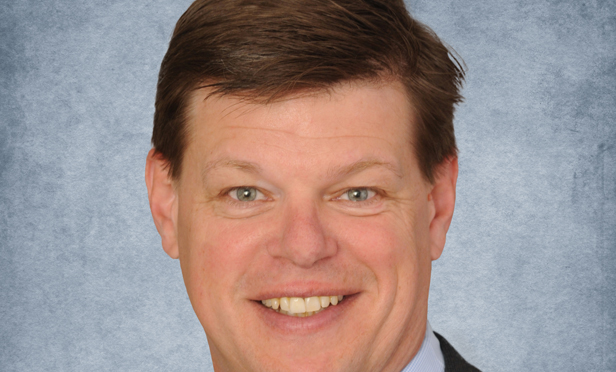 Nichols: In spite of some specific large markets, “the US as a whole is not at risk of overbuilding.”
Nichols: In spite of some specific large markets, “the US as a whole is not at risk of overbuilding.”
CALABASAS, CA—If there’s a word to sum up the hospitality investment market for 2017, it’s “respectable.” That’s according Peter Nichols, VP and national director of Marcus & Millichap’s national hospitality group, whose recent 2017 US Hospitality Investment Forecast looks at the health of the sector as well as the external forces shaping that outlook.
And indeed, there are several reasons for optimism, among these the overall employment picture and the potential for accelerated economic growth via some of the initiatives being considered by the Trump administration.
On the first score, “hiring remains sound,” Nichols says. “Between two million and three million jobs were added each year since 2011, including millions of positions in sectors associated with business travel overall since 2011.”
And, on the political side, Nichols sees “the Trump administration’s expressed intent to increase infrastructure and defense spending could potentially stimulate a higher rate of economic growth,” even though the preceding legislation “may be slow to evolve.”
This all points to solid economic health in 2017, but “potential downside risks exist,” Nichols further notes. Among these risks are the threat of rising interest rates and a strong US dollar. And while both of these can be attributed to the positive picture, they can also “negatively impact the expansion by cutting exports due to the higher cost of American products and deferring investment due to higher financing costs.”
So how is the hotel industry responding? Nichols indicates that 140,000 rooms will be added this year, up from the 100,000 delivered in 2016. That translates into a 1.9% year-over-year increase in available rooms. But room demand is expected to fall a bit shy of that, with a hike of only 1.4%. A projected 65.2% occupancy rate for the year represents the first yearly decline in this economic cycle.
Then, there’s the competition, not the least of which is startups such as Airbnb. “Competition from new hotels and home-sharing services reduces ADR growth from last year’s 3.1% gain,” says Nichols. “Select-service hotels will come under the greatest pressure. With occupancy forecast to decline, ADR becomes the sole driver of a modest gain in RevPAR this year and extends a trend of moderating growth.”
Drilling down to specific markets, there is some overbuilding concern to watch. “Hotel construction is at the high point of this cycle,” says Nichols. “From a historical perspective, though, the projected increase in available rooms is in line with the long-term average. So, the US as a whole is not at risk of overbuilding. That said, specific large markets with substantial pipelines, including New York City and Houston, face the risk of near-term overbuilding that could hinder occupancy and RevPAR growth in those markets.”
Let’s drill down into those two locales. In Manhattan, the investment market will remain strong, but apparently with some shifting of players and places. “RevPAR pressures in the city are pushing many investors with mandated return targets to withdraw from the market,” says Nichols, “clearing a path for other investors to step into the highly competitive marketplace. Transactions in the city were essentially flat last year, though pricing remained elevated. Most of the deals continue to occur in Manhattan, but a stock buildup and emergence of new demand drivers has elevated the appeal of the outer boroughs and encouraged searches for development sites.”
And what of Houston? “Property owners in Houston, where transactions fell last year, will have new opportunities to rebuild property performance as the economy gains momentum,” predicts Nichols. “Assets in several areas, including the Medical Center, remain a constant draw.”
Returning to the macro view, the report indicates a strong market—but with asterisks. “Property performance improvements and liquid debt markets sustained elevated investor interest in 2016, though transaction volume slowed as several factors influencing investment strategies took shape as the year progressed,” Nichols says in the report. As a result, owners and investors are slow to come out of the gate this year, as they “assimilate recent and potential changes into underwriting assumptions and strategies.”
For the full report, please click here.

















 Copyright © 2024 ALM Global, LLC. All Rights Reserved.
Copyright © 2024 ALM Global, LLC. All Rights Reserved.